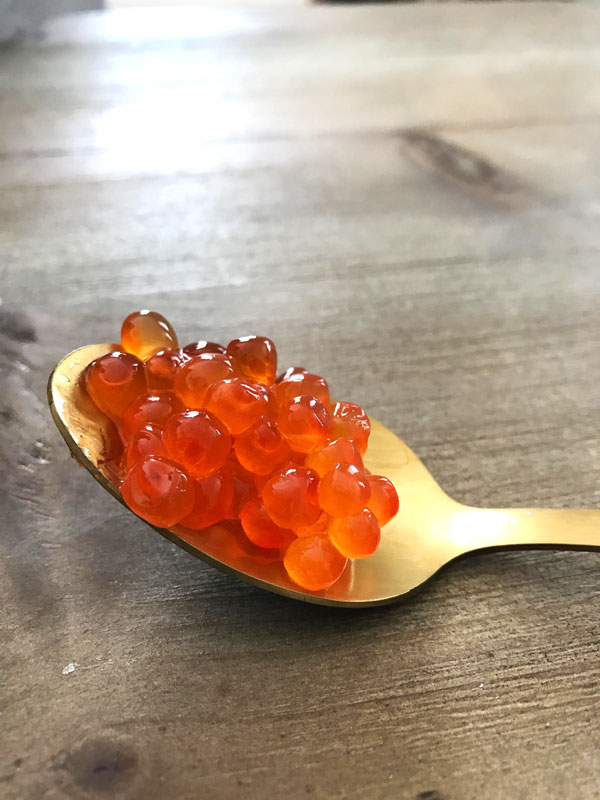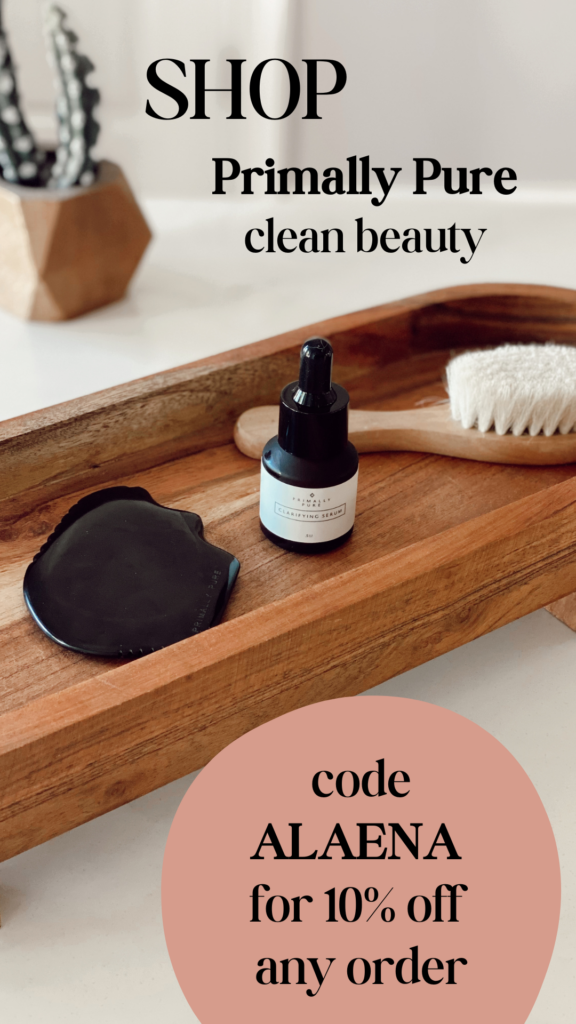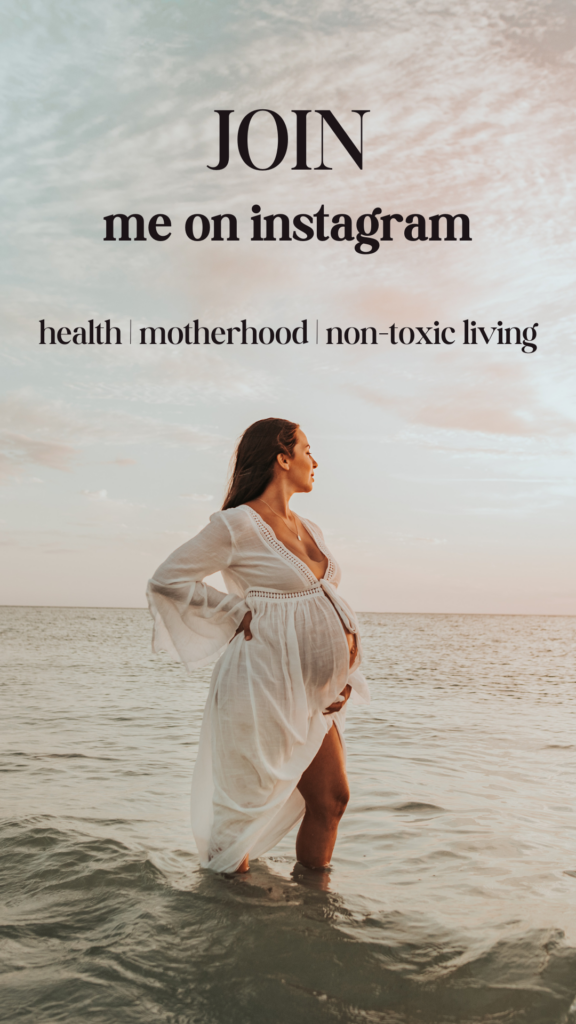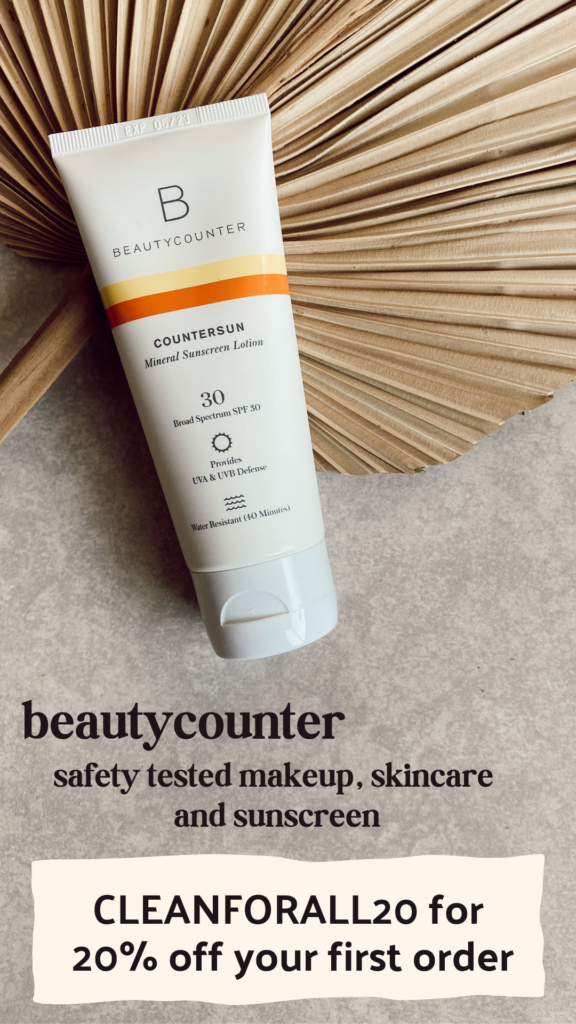

Fish eggs for babies?! “Is that a joke?” you may be asking. I don’t blame you. It does not sound a little odd, a little outlandish. They may sound like a delicacy reserved for the British elite and fancy sushi rolls, but caviar is actually a very accessible and incredibly nutritious baby food option.
Now, I’m not talking black caviar that costs $200 an ounce. That’s a particularly posh kind of sturgeon caviar imported from Russia, most often. Heck no. Please do NOT go buy that before finishing this blog post. I’m referring to the much more accessible and affordable Vital Choice Wild Salmon Caviar.
This is the caviar we use. It does not cost $32/serving. The jar is 6 ounces. I serve 1/10th of an ounce at each serving, so I get 60 servings out of the jar. Therefore each serving is about 50 cents. Paired with some broth-braised root vegetables, it’s actually a really budget-friendly, easy to masticate and digest, nutrient dense option for first foods. 1/10th of an ounce gives your child about 150mg of omega-3s.
Comparably, 1 ounce of wild salmon gives your baby about 3x that amount of omega-3s (about 450mg), so fish eggs are not the only way to get omega-3s into your baby’s diet, but ounce for ounce they are MUCH higher in omega-3s than salmon. And a fun, no cook way to get more variety onto their plates!
Why Salmon Eggs are Baby Food
▪️ They are already pea-sized. Wild salmon roe (aka fish eggs or caviar) can easily be smashed in between gums if baby doesn’t have teeth yet, and if they do have teeth they will be even easier to masticate.They “pop” with slight pressure and release the omega-3-rich liquid easily.
▪️ They are one of the highest food sources of omega-3’s which promote healthy brain and nervous system development, immune system regulation and inflammation management. Wild Salmon Caviar contain two types of omega 3 fats called EPA and DHA. These are the omega-3s that have the greatest positive impact on health and have been linked to heart disease and cancer prevention (source: Harvard.edu)
▪️Your baby’s body doesn’t have to convert EPA and DHA into the most useful forms of omega-3s because they’re already it! You get EPA + DHA straight from the eggs unlike “superfood seeds” (sarcasm) like flax and chia seeds. Flax and chia seeds are marketed as high in omega-3s but they are predominantly an omega-3 called ALA (alphalinolenic acid) which does not have near the health benefits as EPA + DHA according to current literature, and was even linked Further more, the body inefficiently converts ALA into EPA + DHA with some studies suggesting a conversion rate of only 1%! (source: University of Maryland Medicine)
▪️It’s lower in salt content than most traditional caviars which is important because you still need to keep sodium to a minimum for babies. You won’t be coming close to even feeding your baby an ounce of caviar. In fact, we only give her maybe 1/10th of an ounce per serving which is only 30mg sodium.
▪️Fish roe is one of the rare real food sources of vitamin D (other food-based vitamin D sources include mackerel, salmon, beef liver, raw grassfed dairy and egg yolks). The modern human population is by and large chronically vitamin-D deficient. If you and your baby live in a northern climate, you likely need to focus even more on food sources of vitamin D compared to someone living in a tropical environment who has ample sun exposure year-round.
▪️They have a stronger “fishy” taste and a unique fatty liquid texture, so if you focus on expanding your baby’s preferences, there are not many other foods quite like caviar!
How to Practice Pincer Grasp with Fish Eggs
I started wild salmon eggs with my daughter when she was 7 months and 3 weeks old. She had been demonstrating increased preference for grasping food with a pincer grasp rather than a raking, full-fisted grasp. A pincer grasp is a dexterous fine motor grasp that involves picking up a small item with the thumb and forefinger.
Imagine how you would pick up a marble off the table. You are using your pincer grasp.Pincer grasp is an important fine motor development because it is required for many independent self-care and play activities your baby and toddler will be practicing such as untying laces, buttoning large buttons, picking up small items that don’t belong in their mouths like small leaves and coins. Pincer grasp emerges around 7 to 10 months but can certainly appear later than that. All babies are on their own developmental timeline, but that doesn’t mean we can’t alter their environment to encourage practice and exploration.
Make sure your baby is secured in their high chair or sitting with support in your lap facing a flat surface that you can place the eggs on. I know everyone feeds their baby differently. Having solid postural and trunk support can make using their hands for fine motor activities much easier. If our trunk is not strong, our hands cannot function optimally.
Place 1 fish egg in front of them on a solid surface. Watch how your baby or toddler manipulates the fish egg. Maybe they’ll smash it with their hand, try to pick it up with their fist, smear it across the table, or possibly use their thumb and first finger to secure it and bring it to their mouth.I usually place 5 fish eggs in front of my daughter at a time. If she signals that she would like more, I will place 5 more. We usually max out at 10. They make for an awesome no-cook portable baby food option too. Try them for yourself! They’re nature’s Pop Rocks!
Disclaimer: Please note that I am not a certified nutritionist, but simply a mom who wants to get her baby off to the best start using the most nutritious foods I can source! My articles are for informational purposes only and not intended to diagnose, treat or prevent any disease. I request that my readers assume full responsibility for how they choose to use this information. This information is not a substitution for medical or nutritional advice.









15 Responses
Hi Alaena,
How long do you leave the salmon roe thawed in the fridge? I looked on the vital choice website, and they say to eat it right away once it’s thawed, but you said you get 60 servings out of one jar. Do you scoop the roe out while they’re still frozen and just thaw individual portions? I really want to try this for my daughter and for myself to prepare for another pregnancy.
Thanks!
Joni
Hi Joni, I would scoop out a little bit from the freezer (or very partially defrost it and scoop it out). She took it almost like you’d take a supplement at first (just 1/2 tsp a day) and then she got to the point where she was eating at least a tablespoon and finishing the jar in 3 days so I’d keep it in the fridge.
Thanks, Alaena! Great article and tips! I had the same question after reading your article. Excited to feed this to my baby when they’re old enough!
Can you give them while still frozen? My little one has no molars yet and likes to tongue her food around without chewing it. It would most likely thaw before it was swallowed or popped
They do “break down” easily even when frozen or they defrost very quickly on the counter!
Vital Choice is currently out of stock of this roe. Do you have another source that you know of? Thanks!
How long would this last if you gave 10 fish eggs a day? Would it still be beneficial? I cannot afford to give much. Thanks
Hmm… a couple weeks I’m sure!
hi, at what age do you recommend giving salmon roe ?
A small amount 1/2-1 tsp starting around 8 months is great!
Hi Alaena,
Greetings from Indonesia, just want to clarify the salmon roe is raw right? I don’t think they have vital choice here, but I would really like to find something similar/other brand. Thanks
Yes it is “raw” – no need to cook it if it’s sourced well!
Hi Alaena,
Thank you for this article.
I keep reading that infants kidneys aren’t able to process salt. With these eggs being high in sodium, is there any concerns there? Would washing these in cold water lower the salt intake?
Last, my son is eating pureed food at 5 months. Could I puree around 5-10 of eggs and feed him daily? Thoughts?
Thanks,
Danny